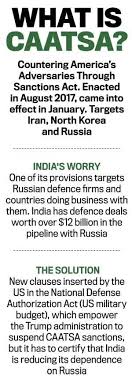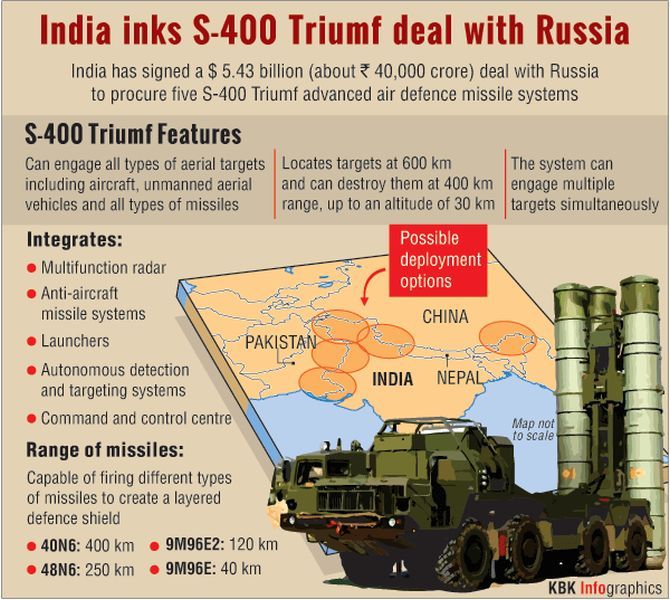Free Courses Sale ends Soon, Get It Now


Free Courses Sale ends Soon, Get It Now



Copyright infringement is not intended
Context: The United States Government has stated that the delivery of the five S-400 systems is considered a “significant transaction” under its Countering America’s Adversaries Through Sanctions Act (CAATSA) of 2017, which could trigger sanctions against Indian officials and the Government.
What kind of sanctions?
Has the U.S. used CAATSA before for S-400 sales?
Which way is the Biden administration leaning on India?
What is India’s position?
Why is the S-400 deal so important to India?
What is S-400?

https://www.thehindu.com/news/national/explained-will-india-be-sanctioned-for-s-400-purchase/article37481472.ece
© 2024 iasgyan. All right reserved